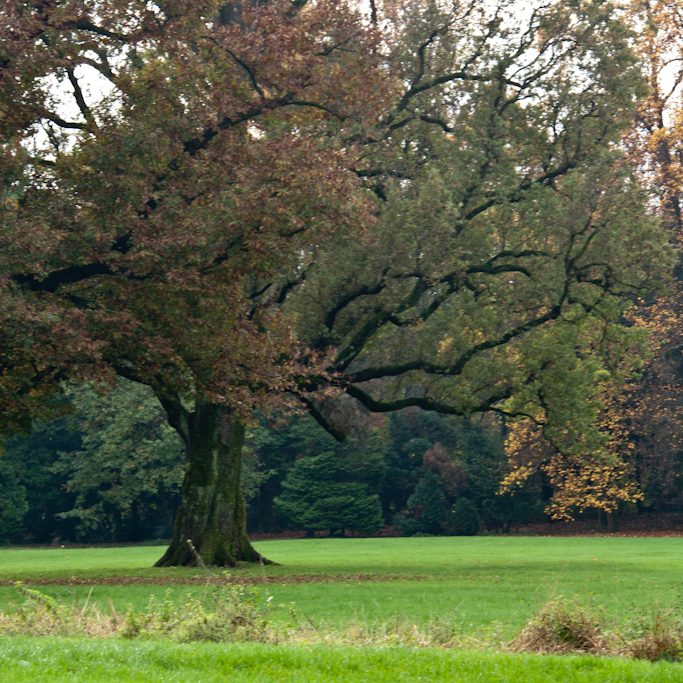VEGETATION FOR GREEN AIR QUALITY PLANS IN URBAN AREAS
The VEG-GAP project aims to develop a strategy to provide reliable new information to support the design of urban air quality plans, considering the characteristics of urban vegetation ecosystems such as the type and condition of plants, the extent of green areas, etc.
Various vegetation ecosystem solutions will be evaluated in an integrated manner using multi-scale and multi-pollutant approaches that closely resemble the real world.
The contributions of vegetation ecosystems will be analyzed simultaneously both as beneficial resources for the environment and as sources of air pollution, as well as their effects on air temperature and other impacts on air quality.
This will lead to a better understanding and evaluation of the potential risks and benefits to human health and the ecosystems themselves associated with climate changes induced by different types of vegetation.
The cities where this work will take place are Bologna, Madrid, and Milan.
The main objectives of the project are:
- To provide, for the first time, a framework of tools (guidelines, support tools, and an information platform) that consistently consider the links between air pollution and vegetation characteristics in developing effective control strategies.
- To provide recommendations for improving legislation aimed at maintaining and enhancing air quality in European cities.

